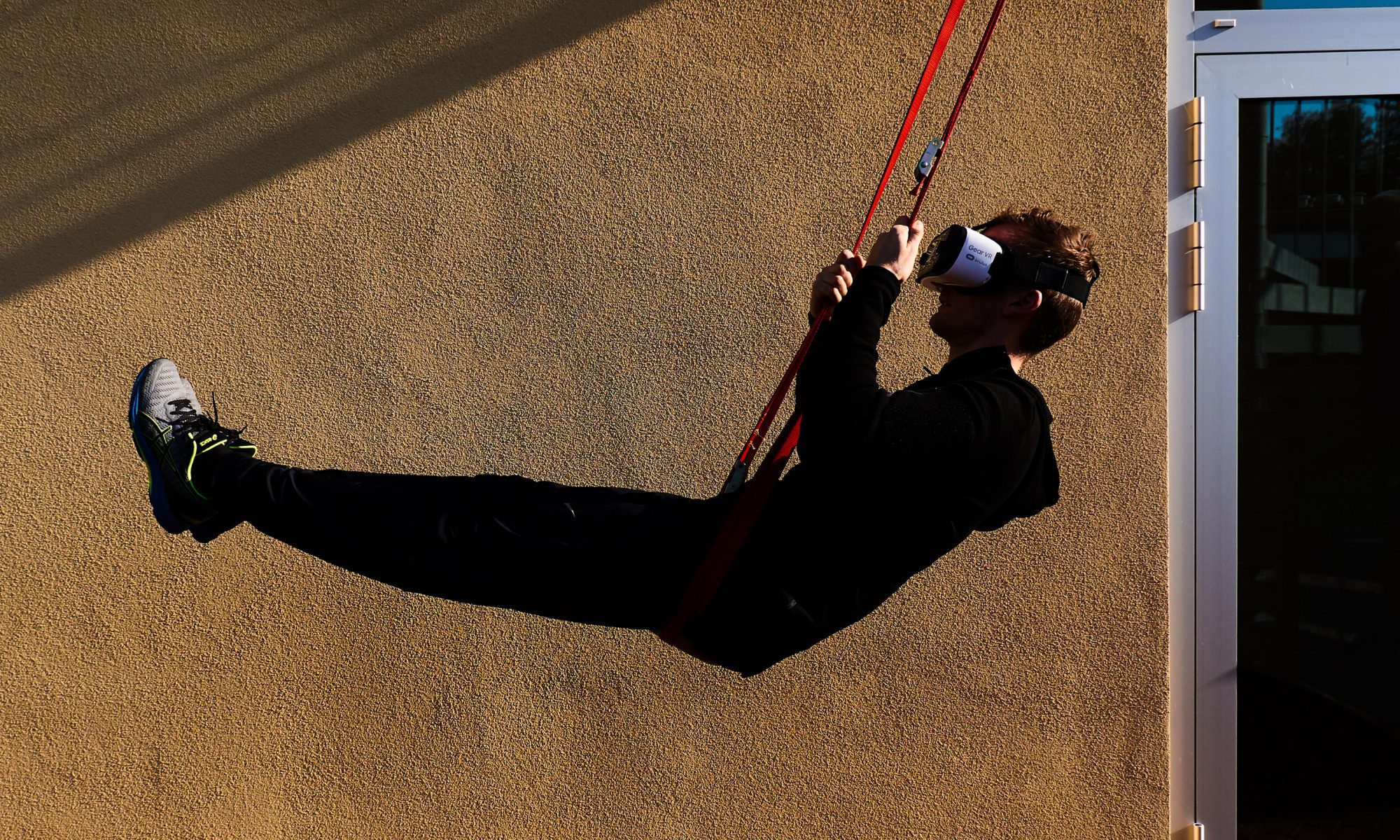Please see REVISED VERSION of INBODIED INTERACTION 102 – for 2021
A short course for HCI researchers to inform tool building for inbodied self-awareness and self-knowledge: to help people feel how we feel via our inbodied processes, so we can build tools to help people build the knowledge skills and practice to explore options to literally feel better.

Welcome to the MidBrain and Cerebellum

Where the cortex, and somatosensory regions of the cortex (the blue and red bands in the above image of the brain that run across the middle of the cortex) in particular may be familiar to HCI researchers working in Brain-Computer Interafaces – the cerebellum and brainstem (below images) and the cranial nerves themseleves, are less charted territories.
From an inbodied interaction perspective, where the brain is part of the body, and responds immeidately and exactly with the whole body
Inbodied Interaction 102 Course focus
This course follows on from concepts of adaptation, plasticity, homeostasis, tuning and in5 from Inbodied Interaction 101. The course includes two main components: (1) developing a deeper knowledge of what may be framed as inbodied self-awareness/self-integration systems and (2) learning associated assessments and opportunities for strengthening/balancing these systems.
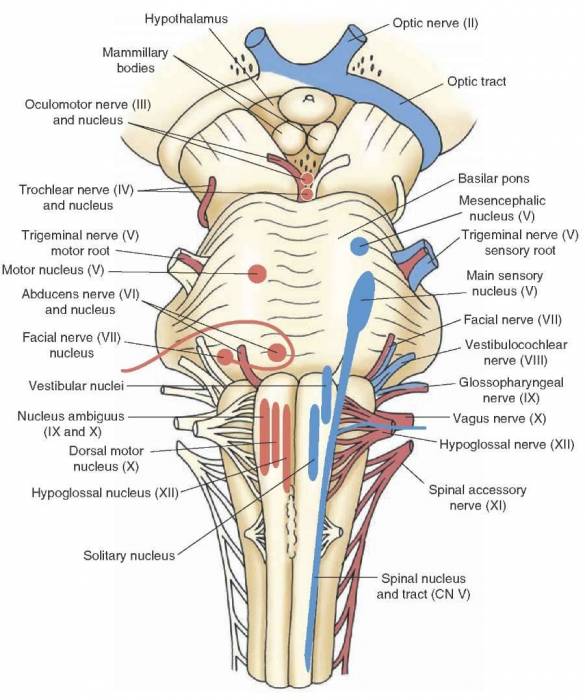
In particular, the course will look at: the insula, brain stem (pons, and medula in particular), key cranial nerves, and offer an intro to the role of the cerebellum, vagus nerve, and enteric nervous system in relation to interoception, emotion, decision making, and their relationships with physical wellbeing. We will explore how these systems affect our bodies’ experiences of stress, wellbeing, cognitive performance and, especially, creativity.
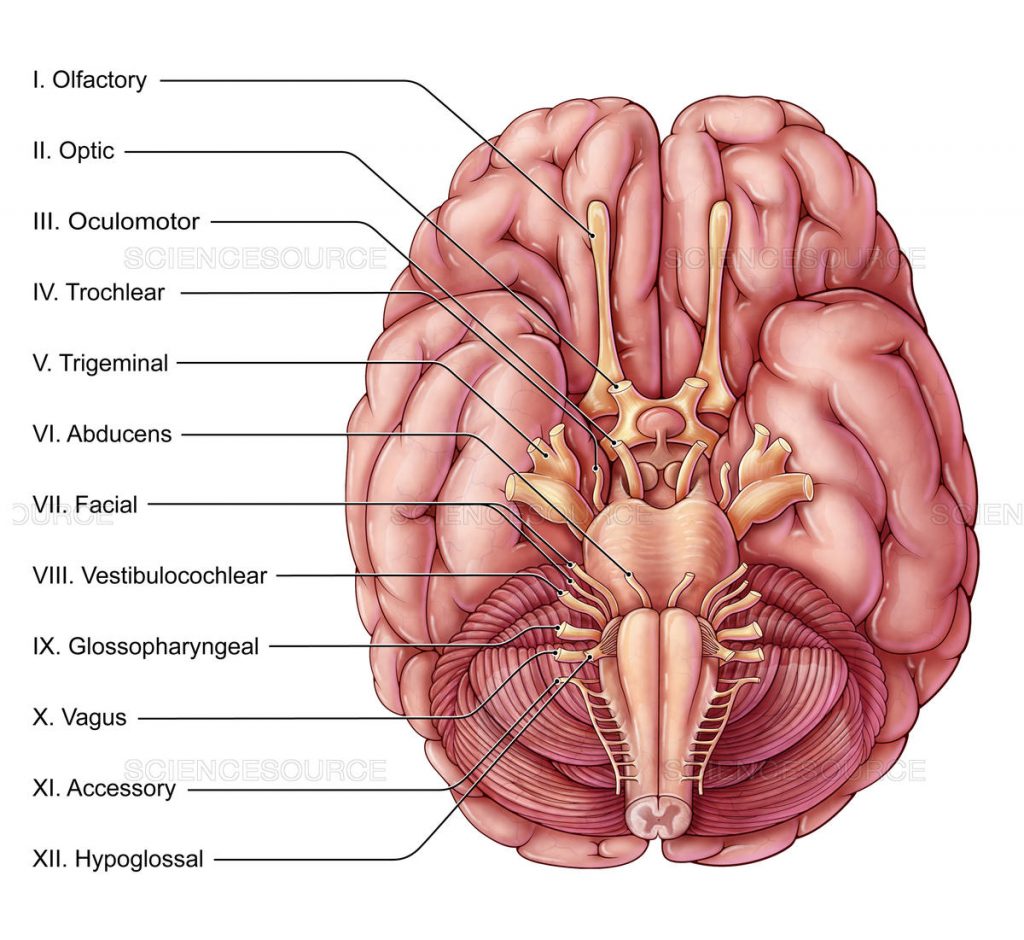
The goal for this course is that, from these two components, HCI researchers and designers will gainmany new pathways for designing to support quality of life for all, from individual to infrastructure.
TOWARDS Interaction for HEALTH HOLISM
A related takeway from Inbodied Interaction 102 is to see, from the material presented in both II 101 and 102, that the usual dividing line between mental and pyhsical wellbeing/performance is a false and largely. unhelfpul dichotomy for design.

Concepts to be introduced in II 102 include
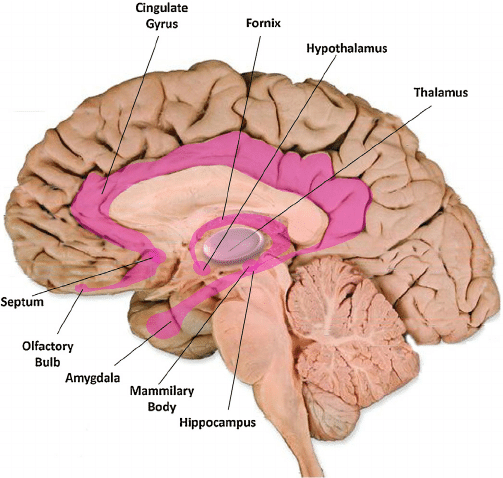
- interoception,
- the limbic system (physical proximity to the insula and thus interoceptive processes)
- the brain/gut axis;
- the threat/pain neuromatrix
- relation of insula, amygdala and supplementary motor area for decision making, emotional balance, stress response
- cranial nerves and body parts: how vision, balance and proprioception interact and influence cognitive and emotional performance
Assessments you’ll learn related to these systems
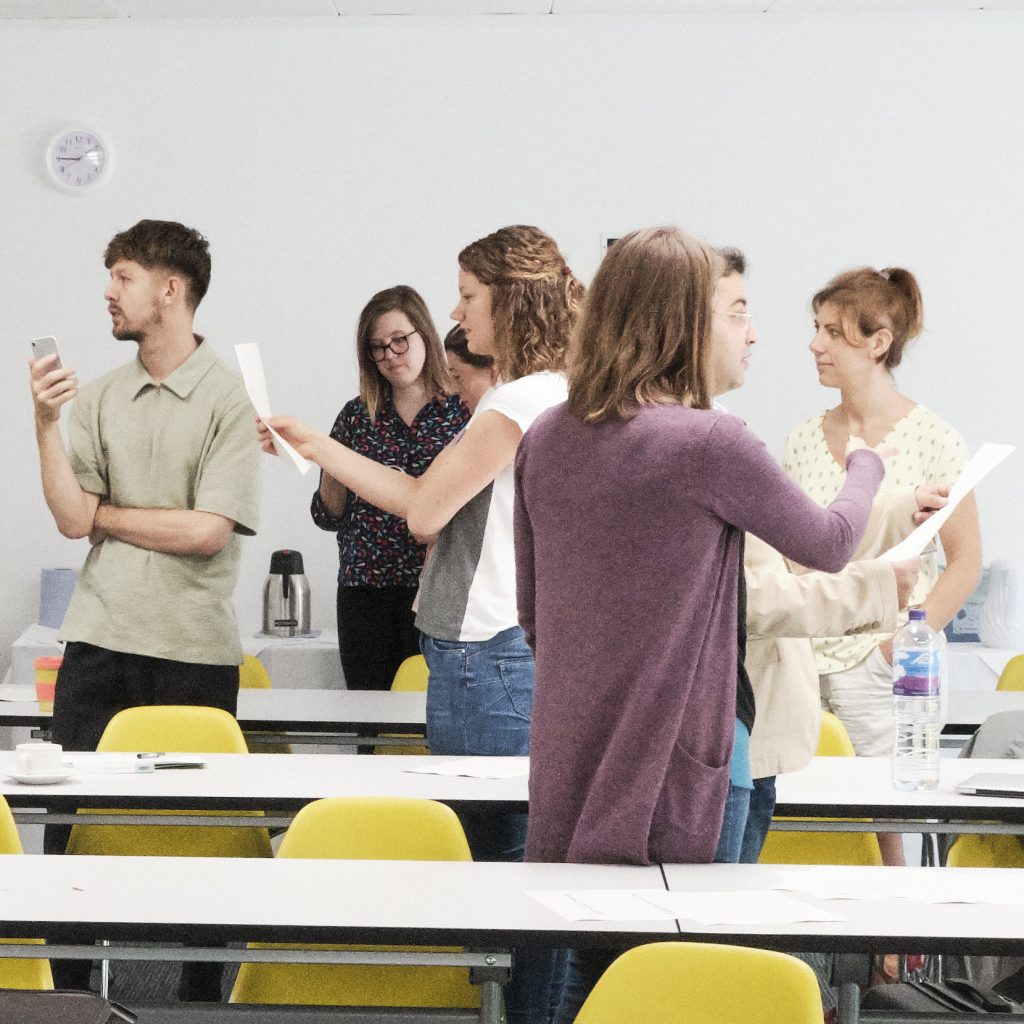
- Coordinated bilateral movement challenges
- Saccades and smoorth pursuits
- balance and perturbation
- vestibulo-occular reflex and cogntive function
- coloured lensing and mobility
- tongue movement as powerhouse for whole body integration
- more, pending time/questions
Measures and Feedback – a new look
We will also look at how more familiar measures in HCI like HRV and EEG can be used in more novel ways when associated with midbrain/limbic/interoceptive work.
Course Prerequisites
Students who have attended Inbodied Interaction 101, or the Inbodied Interaction Summer School are welcome to register for this course.
DATES
This course will be offered at CHI2020, Hawaii.
MATERIALS
Registered students for the course will be provided with guides, assessment materials and related readings references. Students will also be invited to a course Slack channel for ongoing community engagement.
BONUSES
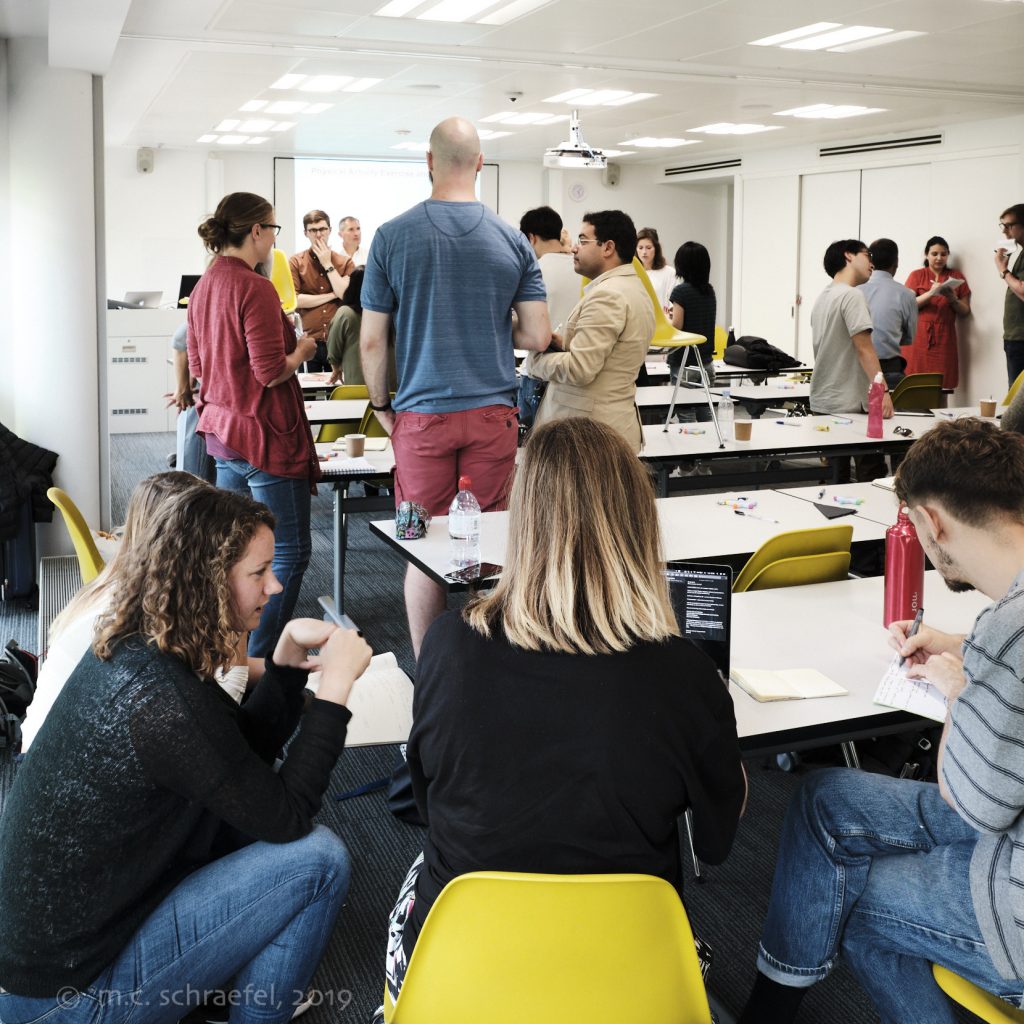
Our goal in this course is not only to help students access new knowledge to inform their health/wellbeing related HCI work, but to help build a community of researchers and research expertise around inbodied interaction. Participants in the course will become part of a new growing interdisciplinary HCI community seeking to help people build and own their own health and health cultures, to #makeNormalBetter 4all @scale.
Your instructors
This course is lead by m.c. schraefel, wellthlab, u of southampton, uk, with
Josh Andres, IBM Research, Australia and Aaron Tabor, UNB Canada
Questions?
Please email questions to ii-102@nopain2.org
